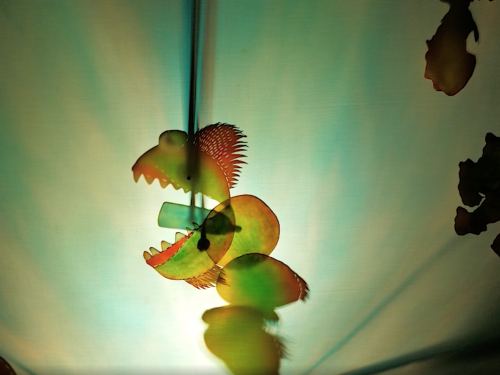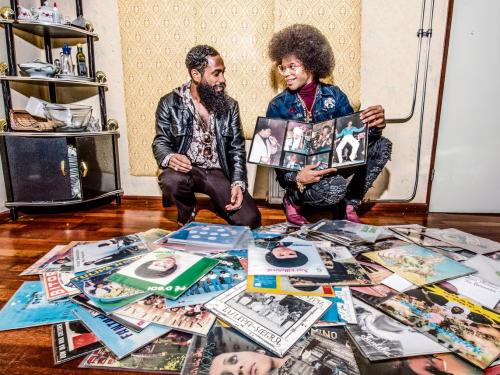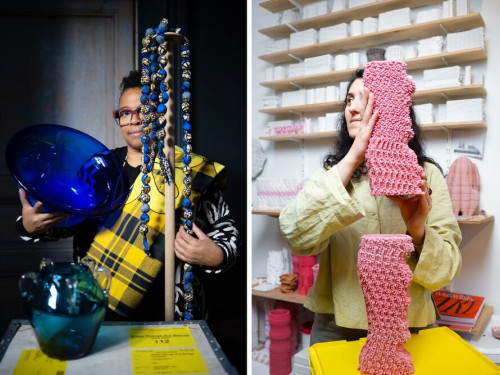Most of the Asmat shields in Rotterdam Crossroads were collected between 1900 and the 1960s. Most of the shields in the collection of the Wereldmuseum were made with new tools, acquired from European traders. These tools allowed the carvers to work in even more detail. The Asmat woodcarvers use three colours: white, red, and black. The motifs on the shields are based on natural elements, such as lightning, animals and plants, human figures, and ornaments.
Asmat shields were initially made for fighting neighbouring groups. They were named for the deceased, often successful war heroes. From the 1950s onwards, the art market’s demand for Asmat shields increased.
Asmat carvings became internationally known in the 1960s and grew very popular with museums and art collectors. Even though they were now produced for the market, the motifs and materials used for the shields stayed largely the same. The international recognition is a great source of pride for the Asmat and has resulted in a boom in the production of art.





